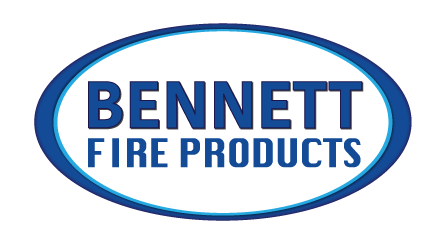Materials

What materials go into making Turnout Gear?
NFPA-certified turnout gear consists of three layers of materials – together called a composite – which is made up of an outer shell, a moisture barrier, and a thermal liner. This three-layer system was originally invented and patented by the founder of Globe over 100 years ago. Technology, design, and protection have obviously changed dramatically since those early days, but the original concept of making turnout gear from these three layers still provides the foundation of current turnout gear. Click here to see our selection of turnout gear fabrics.
What is the function of the Outer Shell?
The purpose of the outer shell is to protect the firefighter from direct flame while providing abrasion and tear resistance and some thermal protection. Outer shell fabric comes in a variety of fiber blends, weaves, and weights, which impacts break-open resistance, strength, abrasion resistance, flexibility, and durability. Click here to see our selection of Outer Shells.
What is the function of the Moisture Barrier?
The moisture barrier protects the firefighter from water and NFPA “common liquids” (chlorine, battery acids, aqueous film forming foam, gasoline, and hydraulic fluid) and is also tested for resistance to blood borne pathogens. The moisture barrier is required to provide "breathability” – letting perspiration move away from the wearer. This layer is made from an engineered membrane laminated to a woven or non-woven substrate. Click here to see our selection of Moisture Barriers.
What is the function of the Thermal Liner?
The thermal liner provides most of the thermal protection from ambient heat – the more thermal protection, the longer it will take for the firefighter to feel the heat. Thermal liners typically consist of a lightweight woven face cloth lining facing your body quilted to one or more layers of insulating non-woven batting. The face cloth is made from a variety of fibers in spun (like cotton) form or filament (like fishing line) or a combination of the two. With more filament fiber, the lining fabric slides more easily against your body, which makes the gear more comfortable as well as making it easier to slide in and out of your gear. The batting is typically a one-layer needlepunch (like felt) or two or more layers of a spun lace (hydro-entangled) which is lighter and more flexible. Click here to see our selection of Thermal Liners.
How are thermal performance and breathability tested?
Both the thermal protective performance and the “breathability” are tested on the base three-layer composite that makes up the turnout gear. The TPP test was introduced in the 1986 edition of NFPA 1971, with a minimum performance rating of 35, which remains the required test value today. In this test, samples of the three-layer composite are subjected to a bank of quartz lamps simultaneously with direct flame exposure, simulating flashover conditions. The TPP value is determined strictly by the three material layers specified and is not impacted by design or construction. Different combinations will yield different results and, roughly speaking, if you take the TPP value of any three-layer ensemble and divide it in half, this would be the number of seconds of escape time for a firefighter caught in this environment before he would receive a second degree burn. Read more about TPP.
The second test, total heat loss (THL) is often referred to as the breathability test. The THL test was first introduced in the 1997 edition of NFPA 1971 as an annex item and became a requirement in the 2000 edition. This test is run on a guarded sweating hot plate and measures the ability of the same three base layers to allow heat to pass through the composite. Not surprisingly, these two tests are like a see saw; in the TPP test we are measuring the ability of the layers to deter heat from the outside environment entering through the system, and in the THL test we are measuring the ability of these same three layers to dissipate body heat from the inside to the outside. Read more about THL.
